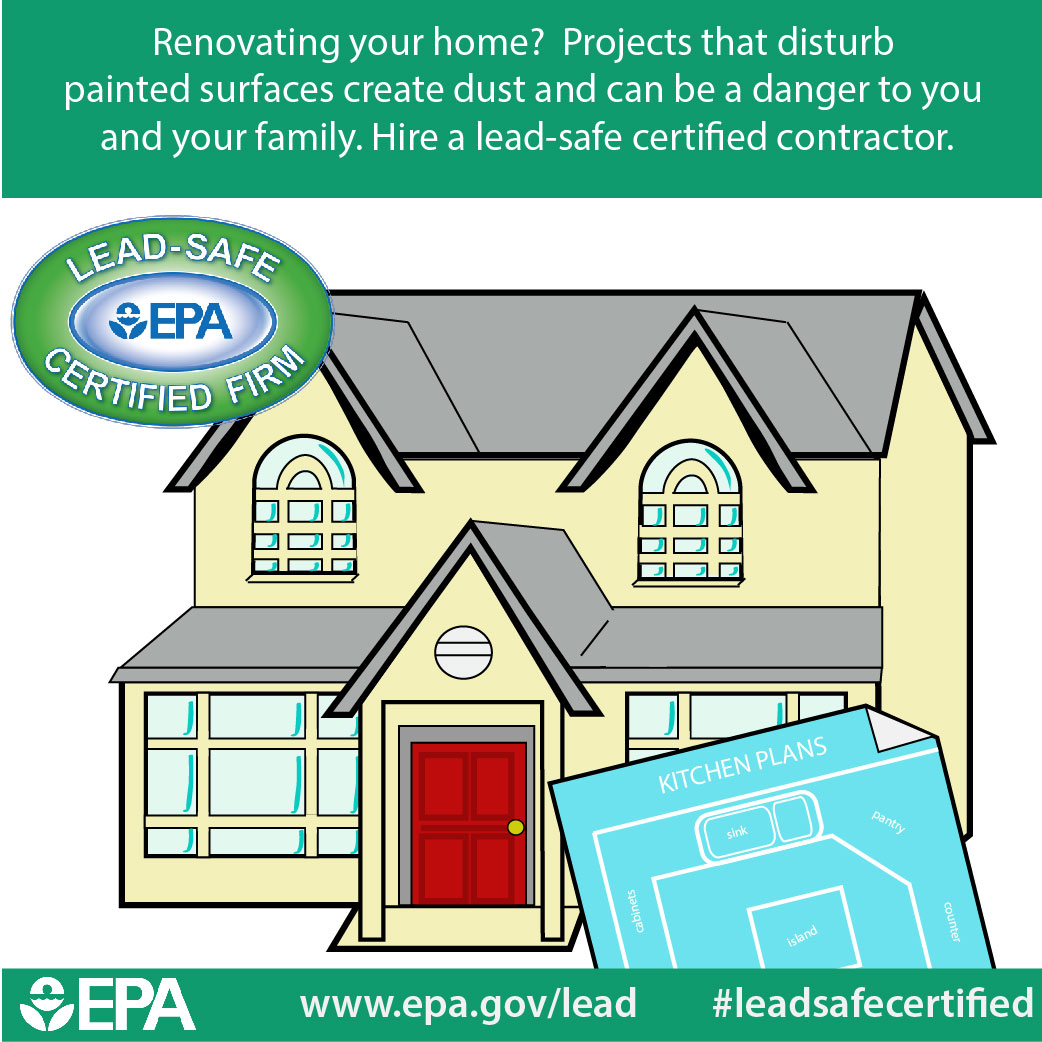Seasonal Factors To Consider For Industrial Exterior Painting: What You Required To Know
Seasonal Factors To Consider For Industrial Exterior Painting: What You Required To Know
Blog Article
Web Content Author-Aguilar Decker
When you're preparing a business outside painting project, seasonal aspects can make or break your results. You'll intend to think about just how temperature and moisture influence paint application and drying times. Selecting the right period can guarantee your paint adheres correctly and lasts much longer. Yet which seasons are absolutely the very best for this type of job? Allow's check out the crucial elements that can impact your job's success.
The Influence of Temperature Level on Paint Application
When you're intending a commercial exterior painting project, the temperature can considerably influence just how well the paint adheres and dries.
Preferably, you want to paint when temperature levels vary between 50 ° F and 85 ° F. If it's as well cold, the paint might not heal appropriately, bring about issues like peeling or breaking.
On the other hand, if it's as well hot, the paint can dry too rapidly, preventing appropriate attachment and leading to an irregular coating.
You need to likewise consider the moment of day; morning or late afternoon uses cooler temperatures, which can be a lot more beneficial.
Always examine the supplier's recommendations for the details paint you're making use of, as they frequently give support on the suitable temperature variety for ideal results.
Moisture and Its Impact on Drying Times
Temperature level isn't the only ecological element that affects your industrial exterior paint project; humidity plays a substantial function also. High humidity degrees can slow down drying times dramatically, impacting the total top quality of your paint task.
When the air is filled with dampness, the paint takes longer to treat, which can result in problems like poor adhesion and a higher threat of mold growth. If you're repainting on a specifically humid day, be planned for extended delay times in between coats.
It's crucial to check regional weather and strategy appropriately. Ideally, paint my house for moisture levels in between 40% and 70% for ideal drying.
Keeping these factors in mind ensures your project stays on track and provides an enduring coating.
Best Seasons for Commercial Exterior Painting Projects
What's the best season for your commercial outside paint tasks?
Springtime and early loss are commonly your best options. Throughout these periods, temperature levels are moderate, and moisture levels are commonly reduced, producing perfect conditions for paint application and drying out.
Stay clear of summertime's intense heat, which can trigger paint to dry also rapidly, causing poor bond and coating. In a similar way, wintertime's chilly temperature levels can prevent proper drying out and curing, risking the durability of your paint job.
visit this link for days with temperature levels in between 50 ° F and 85 ° F for ideal outcomes. Bear in mind to check the neighborhood weather report for rainfall, as wet conditions can spoil your project.
Preparation around these aspects ensures your painting job runs efficiently and lasts much longer.
Conclusion
In conclusion, preparing your commercial external painting projects around seasonal factors to consider can make a significant difference in the end result. By organizing work throughout the ideal temperatures and moisture degrees, you'll ensure much better attachment and drying out times. Remember to keep an eye on neighborhood weather prediction and choose the correct time of year-- springtime and early fall are your best options. Taking these steps will aid you achieve a sturdy and specialist finish that lasts.
